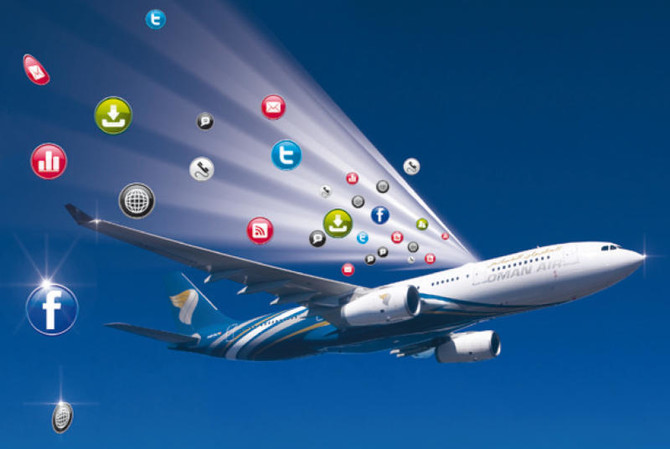Exploring Inflight Connectivity Trends: Staying Connected Above the Clouds
Sailing the Seas of Connectivity: In-Transit WiFi Advertising on Ships
July 21, 2022“The Power of Geolocation in Bus Advertising: Connecting Brands with
October 21, 2022In an increasingly interconnected world, the demand for constant connectivity knows no bounds. This need for uninterrupted internet access has permeated every aspect of our lives, including air travel. Inflight connectivity, once a luxury, has now become an expectation for many passengers. In this blog post, we will delve into the fascinating world of inflight connectivity trends, exploring the technologies, advancements, and benefits that are shaping the future of staying connected above the clouds.
- The Rise of Wi-Fi in the Sky: Gone are the days of being cut off from the digital realm while soaring at 30,000 feet. Wi-Fi availability on airplanes has become a norm, thanks to the advancements in satellite and ground-based technologies. Airlines across the globe are investing in equipping their fleets with Wi-Fi connectivity, allowing passengers to browse the web, stream entertainment, or work remotely while in the air.
- The Evolving Landscape of Satellite Connectivity: Satellite-based inflight connectivity is a crucial component of enabling internet access in remote and high-altitude environments. Traditional geostationary satellites have been the backbone of inflight connectivity for years, but now we are witnessing the emergence of Low Earth Orbit (LEO) satellite constellations. LEO satellites, such as SpaceX’s Starlink, promise faster speeds, lower latency, and expanded coverage, revolutionizing the inflight connectivity experience.
- Seamless Inflight Entertainment: Gone are the days of limited seatback screens and a limited selection of movies. Inflight entertainment systems are undergoing a digital transformation, embracing streaming services, on-demand content, and personalized recommendations. Passengers can now enjoy a vast library of movies, TV shows, music, and even live sports events, all accessible through their own personal devices or seatback screens.
- Enhanced Passenger Experience: Inflight connectivity is not just about internet access; it’s about enhancing the overall passenger experience. Airlines are leveraging connectivity to provide real-time travel information, enable in-flight shopping, facilitate seat upgrades, and even offer personalized recommendations for in-flight meals and services. By harnessing data analytics and artificial intelligence, airlines can tailor their services to meet individual preferences, transforming the way we fly.
- Connectivity Beyond Personal Devices: While passengers’ personal devices remain the primary means of accessing inflight connectivity, the industry is exploring new avenues to expand the connected experience. Airlines are increasingly incorporating connectivity into other aspects of the cabin, such as integrating it into the seat controls, lighting systems, and even offering virtual reality experiences. The goal is to create a seamless and immersive environment for passengers during their journey.
Inflight connectivity has come a long way, revolutionizing the way we experience air travel. From basic Wi-Fi availability to faster speeds, expanded coverage, and personalized services, the trends in inflight connectivity are evolving at a rapid pace. As technology continues to advance, we can expect even more exciting developments in the future, making inflight connectivity an integral part of the flying experience. So, the next time you take to the skies, rest assured that staying connected above the clouds is no longer a distant dream but a reality shaped by the ever-evolving trends in inflight connectivity.
